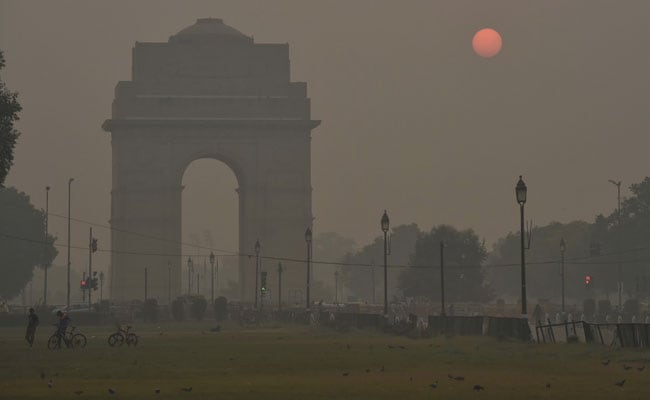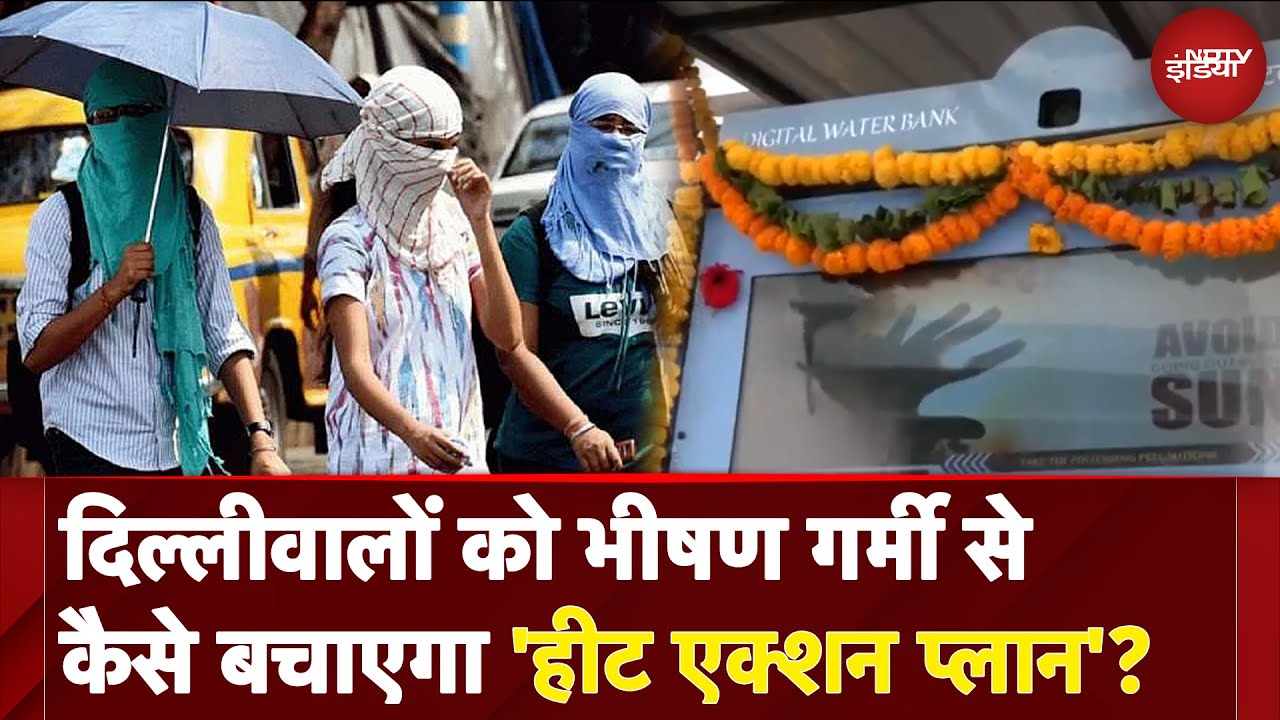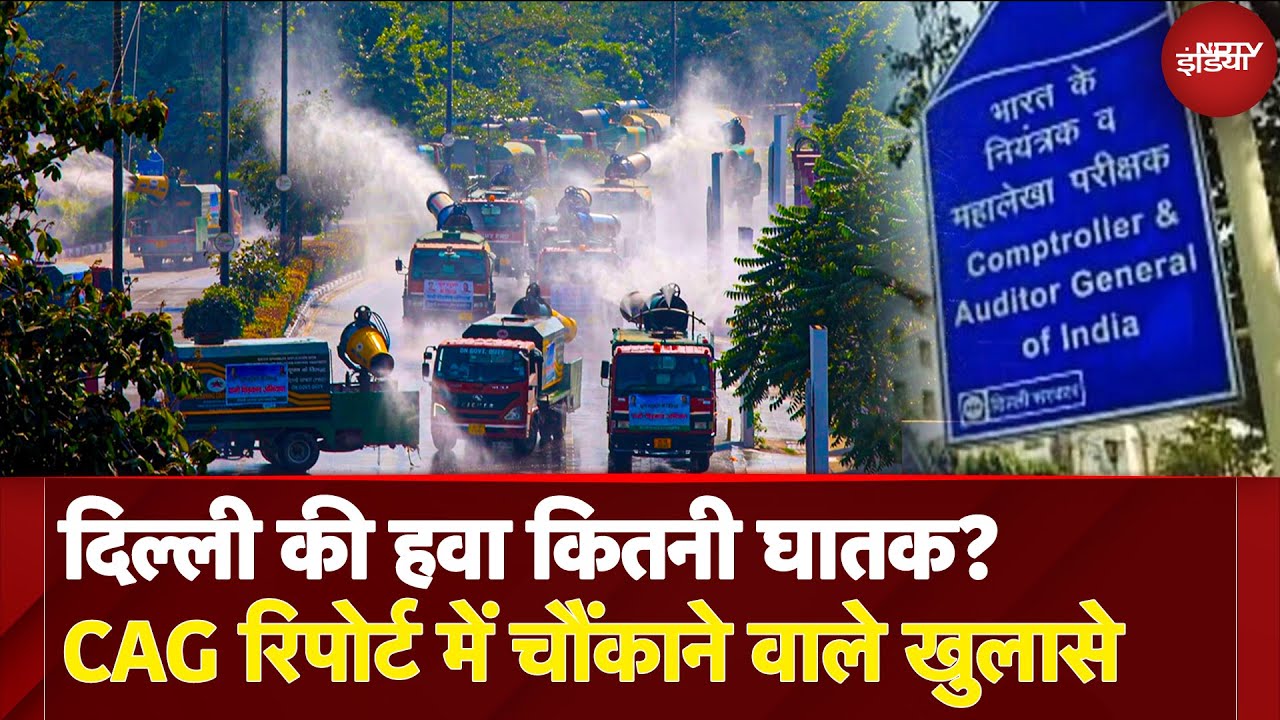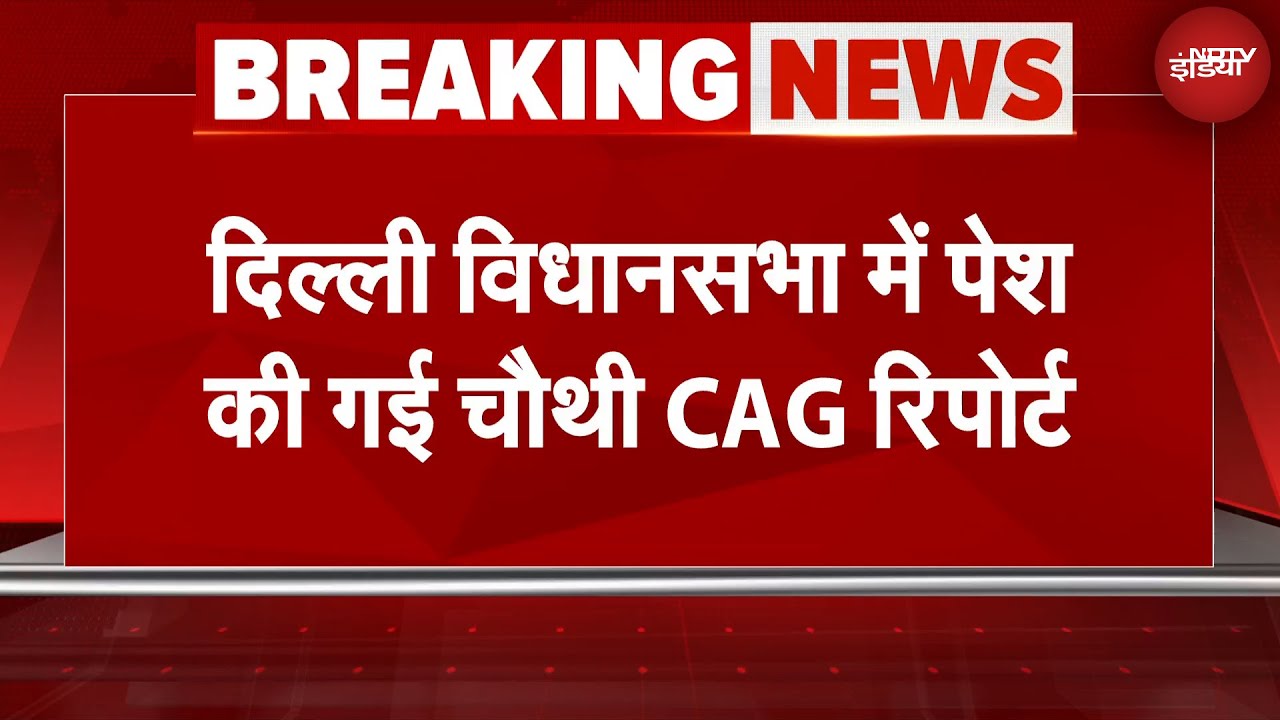From The 'World's Air Pollution Capital' To COP26

Chetan Bhattacharji

Prime Minister Narendra Modi flew out of Delhi for the climate talks just as the capital's skies darkened with pollutants in this peak air pollution season. The world may be holding its breath hoping for a miracle emissions-cut agreement at the Glasgow conference, but hundreds of millions of Indians will be holding their breath as peak pollution season begins. The two issues are linked at the conference perhaps more than ever, especially after the recent report by inter-governmental panel of scientists (IPCC) which called them two sides of the same coin.
While climate change is a far bigger problem, as carbon dioxide and methane accumulate and remain in the atmosphere for a very long time, ambient air quality is worsened by short-term pollutants and directly impacts our health including a higher risk of death. An easier way to grasp the difference is that air pollution clears up whenever there's a heavy downpour as we saw recently when Delhi had a 'good' air day.
Gaps In Air Pollution Strategy
Air pollution is somewhat of a different ballgame for India at the climate talks. Ambient air pollution is largely locally produced unlike green-house gases. But India's track record on air pollution is mixed. While the centre has set an ambitious target to cut air pollution by 20-30 per cent in over a hundred cities by 2024, the approach is at times piecemeal or misplaced as in the case of smog towers, rejected by scientists as a waste of money. Even the national clean air programme announced a couple of years ago is not binding on stakeholders.
Take the case of the new Commission for Air Quality Management. It is focused only on Delhi and nearby districts in other states, not across India even though almost the entire population is living in areas where air pollution is above the WHO's safe limits. In fact, it doesn't even cover all of Uttar Pradesh where emissions of PM 2.5 are reported to be the highest. In 2019, India's average particulate matter or PM 2.5 concentration was the highest in the world, according to some estimates.

Delhi is struggling to fight off the tag of air pollution capital of the world. (File)
Then, take the case of the number of real-time, ambient air quality monitors which are vital to collect data which forms the basis of any action and policy. These have risen sharply to over 300 nationwide, covering about 130 cities. Delhi which is struggling to fight off the tag of air pollution capital of the world has 40 of these monitors, as of mid-October; not surprising given that for the last three years it's been the most polluted capital in the world and residents stand to lose about 10 years of their life because of the filthy air, sometimes the pollution is so thick that visibility has been reduced. Forty monitors is a great number as it's roughly one for every half a million people. Yet it's disproportionate compared to other states.
For instance, Uttar Pradesh has 45 air quality monitors which is roughly one for every 5.4 million people, and Bihar has just 16 roughly one for every 8 million people. Jharkhand and Chhattisgarh have just one monitor each as of mid-October, 2020, despite a huge cluster of coal-fired power plants.
Three hundred or so real-time air quality monitors aren't enough, since these are also disproportionately allocated to states. There should be 4,000, according to some experts. But here's the thing - what can at best seem curious and at worst scandalous - there are actually many more monitors that the government not only recognises but has mandated, yet the data is largely opaque and hard to get.
Factories and other units in 17 highly polluting categories must have OCEMS, or online continuous effluent monitoring system, near the smoke stacks i.e. the source of pollution. Strangely, the OCEMS have to be paid and maintained by the business. The data is monitored by the government pollution control boards that can impose penalties to the polluters. While the penalties are reported regularly, the data of most states is incredibly difficult to access. Why should the public not see data tracked by a publicly-funded agency, which is incredibly important for public health?
Fog Cannons, Rain Guns: Firing Blanks?
This segues into the larger climate crisis. An essential reading on the government's position is the biennial self-assessment report card on climate change submitted to the UN this year which also details steps taken to control air pollution. In it, under the oxymoronic sub-heading of "Climate-friendly action of Coal India Limited", the government has listed steps to cut air pollution in coal mines using measures such as fog cannons, rain guns and dust screens apart from reclamation of mined-out areas and tree plantation -- no move to actually cut the source of pollution which of course would mean scaling back on coal.
The government report also says there are real-time air quality monitors at these coal mines, but here again there should be more transparency in data.
Significantly, there is little mention in India's self-report card of actual steps to cut emissions from coal-fired power plants, which are the bulk of GHG emissions. There's not even a detailed mention of its laudable but very delayed plan to cut Sulphur dioxide emissions, a significant air pollutant. This approach fits in with India's stated position of building more and more thermal power plants, second only to China, in the coming years precisely when the planet can least afford these. In its defense, one of the government's argument is that India's mitigation costs are higher. There is a mandatory or "must-run" status of renewable power generation, and that is because the country's early entry into renewables means that older projects have a higher tariff.
India's challenges at the climate conference may broadly be seen as three -- it's the third largest emitter of carbon dioxide; ensuring any solution is just and equitable; and air pollution, which is largely a domestic and South Asia crisis. While India has a strong moral argument over the issue of equity and a just, green development on the other two fronts, negotiators may have the odds stacked against them.
The World Health Organisation's chief, while acknowledging environmental activist and Hollywood actor Arnold Schwarzenegger's contribution, has called upon COP 26 to "terminate" air pollution, which will save 13 lives every minute. India alone loses over 3 lives a minute.
Thank you, @Schwarzenegger, for this timely recommendation. Let's commit to terminating #AirPollution at #COP26 to save 13 lives every minute! #ClimateAction protects our health! https://t.co/JKJdwowqO6
— Tedros Adhanom Ghebreyesus (@DrTedros) October 29, 2021

Chetan Bhattacharji
Latest Stories
- Edited by Nikhil Pandey | Saturday May 10, 2025
India improves its ranking in the 2025 pollution report, dropping from third to fifth place.
- Press Trust of India | Wednesday May 07, 2025 , New Delhi
In an unprecedented sight on Wednesday evening, a 15-minute power blackout was observed in many areas of the national capital, including entire Lutyens' Delhi.
- Press Trust of India | Wednesday May 07, 2025 , New Delhi
The Delhi Cabinet on Wednesday approved a proposal to conduct five cloud-seeding trials to be overseen by IIT-Kanpur.
- Manya Singh | Wednesday May 07, 2025
Air pollution side effects: Here we discuss how exposure to air pollution constantly can affect your health.
- Reuters | Monday April 21, 2025 , Byrnihat
Two-year-old Sumaiya Ansari, a resident of India's Byrnihat town which is ranked the world's most polluted metropolitan area by Swiss Group IQAir, was battling breathing problems for several days before she was hospitalised in March and given oxygen.
................................ Advertisement ................................
Latest Videos
Opinion
Opinion | Why Indians Have Just Given Up On Air Pollution CrisisTanushree Ganguly
Friday December 20, 2024While some may argue that people in Delhi are now more aware of air pollution than they were a decade back, my rebuttal would be that awareness does not mean that people are concerned.
Opinion | You Must Outrage Over Filthy Air More Than Once A YearJyoti Pande Lavakare
Tuesday December 10, 2024Delhi welcomed us with monsoon rains and mangos. We were home. Fast forward a couple of years, in the winter of 2012, I found myself in denial about something other parents, mostly expats, were calling toxic air.
Opinion | Delhi's Air Pollution Situation Is Like A Bad MarriageNishtha Gautam
Friday November 22, 2024On a good day, such as today, the AQI reading in Delhi is 407. We are jubilant at the sickly sunshine trickling through the slightly dissipated smog. At least its not 1600.
दिवाली... पराली... सियासी जुगाली!Ashwini kumar
Monday November 18, 2024दिल्ली-एनसीआर में प्रदूषण का समाधान तो आज तक मिला नहीं. हर साल चिंतित होकर हम-आप सांसों की तकलीफ के साथ-साथ दिल और ब्लड प्रेशर के मरीज भी क्यों बनें?
घर में कैद बुजुर्ग और हांफते लोग, दिल्ली की सांसों में घुला ये कैसा रोग?Nidhi Kulpati
Friday November 08, 2024हमारी हवा जहरीली हो रही है. गुरुवार की शाम को जब मैं इस मुद्दे पर लिखने बैठी तो AQI लगातार 400 पार जाकर दम घोंट रहा था. बहुत लोगों को यह मामला बोरिंग लगे, लेकिन जब आप अपने साथ काम करने वालों को खांसते-हांफते देखते-सुनते हैं, तो चिंता होने लगती है. सुबह उठते ही दरवाजे खिड़कियां खोलने के लिए डॉक्टर मना कर रहे हैं. बड़े बुजुर्गों के लिए तो मॉर्निंग वॉक बाहर की दुनिया से सीधे संपर्क का ज़रिया है, लेकिन डॉक्टर इसकी भी मनाही कर रहे हैं.


















